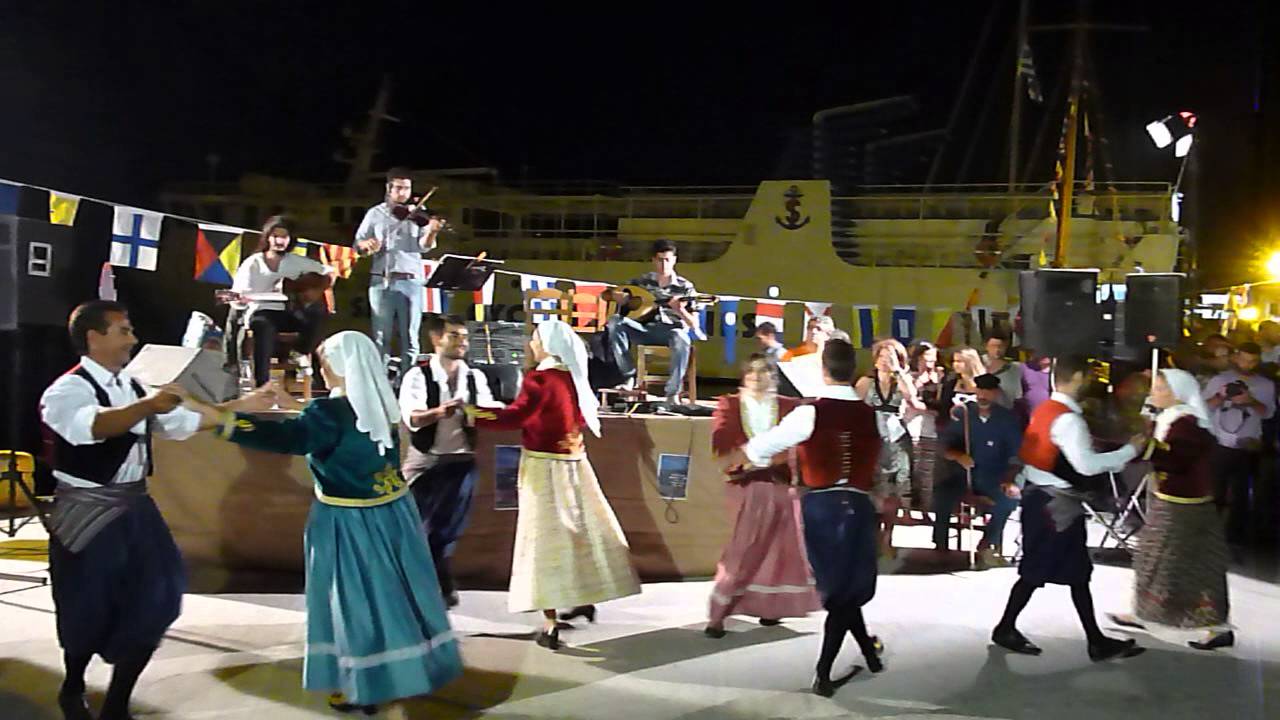Baked (psimeni) raki from Amorgos, being a local traditional product [and] a piece of the gastronomic map of the island, is still to this day a traditional treat throughout Amorgos.
Many people confuse it with rakomelo. The main difference, however, is that rakomelo is served hot, previously boiled in the kettle.
From time immemorial, the inhabitants of Amorgos and the small Cyclades prepared a traditional drink, called baked (psimeni) raki, to entertain their guests, but also the guests at their children’s weddings. With the aromatic tang and the syrupy sweetness that this drink leaves on the palate, it quickly leads to redness and cheerfulness, while the alcohol multiplies its effect as it is combined with abundant glucose.
To make raki, the traditional drink of the Greek countryside that for centuries was a by-product of viticulture and domestic wine production and was widespread throughout the country, what is left of the grape harvest in the receptacle is utilized. The pressed grapes are put in the harani, the special utensil, which is then placed on the fire and the contents begin to boil. As the alcohol vapors pass through the “puma” (distillation tube), they are chilled and the distillate is collected in large pots. The whole process took place between treats of wine, raki, roasted fragrant quinces on the embers of the fire and endless songs accompanied by tsambouna, toumbaki, violin and lute. It was a regular celebration that lasted all day. Today, most of the raki consumed on the island is imported from other places of production.
Although the recipe of the baked (psimeni) raki seems simple, nevertheless every Amorgian prepares it with a taste, noticeably different, making the visitor confused in terms of its taste and aroma. The differences arise from the dosage of the ingredients of the mixture during its preparation: different levels of addition of honey and / or sugar, cinnamon and cloves or anise. It is sometimes offered as an appetizer and sometimes as a digestive, but mainly as a treat at holidays and gatherings. The baked (psimeni) raki of the Monastery of Hozoviotissa, made by the Abbot and offered to the visitors, together with donuts, in the Archontariki of the Monastery, has an exceptional reputation. however, every Amorgian prepares it with a taste, noticeably different, making the visitor confused in terms of its taste and aroma. The differences arise from the dosage of the ingredients of the mixture during its preparation: different degrees of addition of honey and / or sugar, cinnamon and cloves or anise. It is sometimes offered as an appetizer and sometimes as a digestive, but mainly as a treat at holidays and gatherings. The baked (psimeni) raki of the Hozoviotissa Monastery, made by the Abbot and offered to the visitors, together with loukoumi, in the Archontariki (guest room) of the Monastery, has an exceptional reputation.
Means of access:
CAR
,
BUS
,
TAXI
,
TRADITIONAL PATH: "Fotodotis" Route
Chora – Milies – Agia Irini – Katapola
,
TRADITIONAL PATH: "Valsamitis" Route
Katapola – Agios Georgios Valsamitis – Agia Marina – Minoa
Disabled access:
Yes
Opening hours:
20:30 p.m.
Entry fees:
Free






